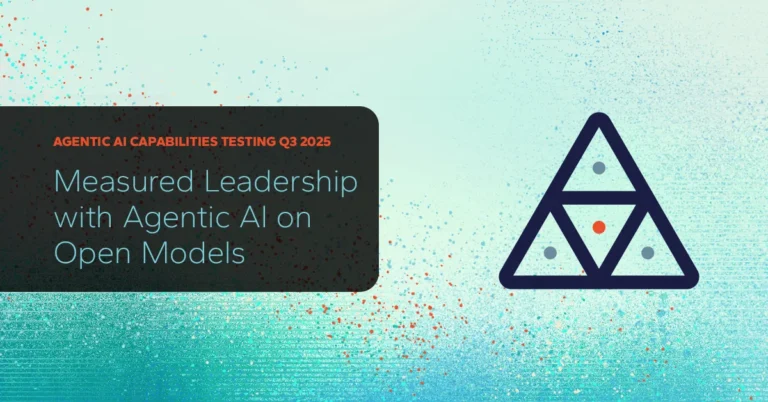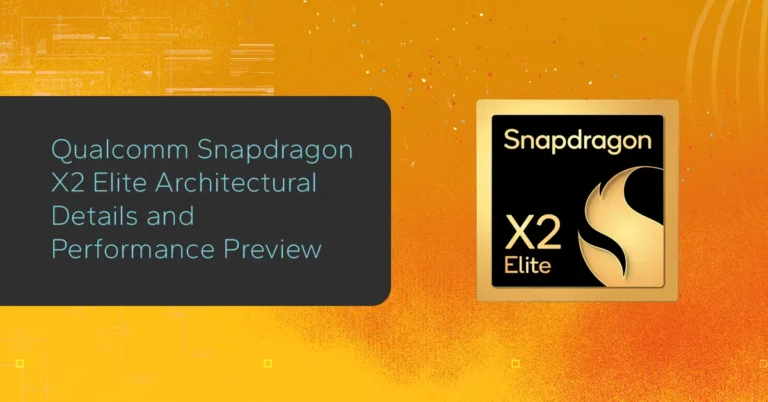Breaking the Million-Token Barrier
The Business Impact of Azure ND GB300 v6 Performance for Enterprise AI
-
 Russ Fellows
Russ Fellows
Enterprises are entering a new era of generative AI where success depends less on experimentation and more on execution at scale. The ability to move from pilot deployments to production-ready systems hinges on whether infrastructure can deliver both the raw performance and the sustained efficiency required for complex, always-on AI workloads. Until recently, the kind of throughput necessary to power thousands of concurrent users, large retrieval-augmented generation (RAG) pipelines, or multi-step agentic systems was available only to hyperscalers and research institutions.
In testing validated by Signal65, Microsoft Azure has demonstrated an aggregate LLM inference throughput of 1,100,948 tokens per second on a single rack of its next-generation ND GB300 v6 virtual machine infrastructure, powered by 72 NVIDIA Blackwell Ultra GPUs GPUs. This milestone is significant not just for breaking the one-million-token-per-second barrier and being an industry-first, but for doing so on a platform architected to meet the dynamic use and data governance needs of modern enterprises. Azure provides the foundational capabilities, from data residency controls and sovereign landing zones to robust encryption and confidential computing, that allow organizations to deploy powerful AI workloads while ensuring their data remains within their specified geographical and security boundaries.
This achievement fundamentally alters the calculus of AI efficiency and returns by proving that performance and compliance are not mutually exclusive. The key findings of this analysis are:
- Unprecedented Application Scale Within a Compliant Framework: The demonstrated throughput can support thousands of concurrent user interactions per second on a platform designed to meet complex regulatory requirements, enabling the deployment of at-scale AI inference services in sensitive industries.
- Superior Generational Efficiency: The Azure ND GB300-based platform delivers a 27% inference performance uplift over the previous NVIDIA GB200 generation for only a 17% increase in its power specification. Compared to the NVIDIA H100 generation, NVIDIA GB300 NVL72 offers nearly a 10x increase for inference performance at a nearly 2.5x power efficiency gain when measured at rack level. This yields significant improvements in performance-per-watt, which translate directly to a lower Total Cost of Ownership (TCO) and a more sustainable footprint for secure AI workloads.
- No-Compromise CSP: No other major cloud provider has published any MLPerf-like Llama 2 70B inference results near this scale. The latest v5.1 submissions achieved roughly 100,000 tokens per second on an 8-GPU DGX B200 configuration, nearly 10x slower than Azure’s validated rack-scale result.
- Enterprise-Grade Resilience and Stability: The milestone was achieved over a sustained 80-minute benchmark run, proving the platform’s stability for mission-critical, 24/7 production environments where reliability and data integrity are paramount.
- The Democratization of Secure AI Supercomputing: This achievement signifies that elite AI performance is no longer the exclusive domain of hyperscale AI companies. It is now an accessible, on-demand utility for mainstream enterprises through the Azure cloud, lowering the barrier to entry for building the next generation of AI applications.
This report will deconstruct this performance milestone, providing a detailed technical analysis of the system and methodology before translating these findings into their tangible business implications. The conclusion is clear: performance at this level is a key enabler for the next wave of AI innovation, particularly for the complex, agentic systems.
Research commissioned by:


